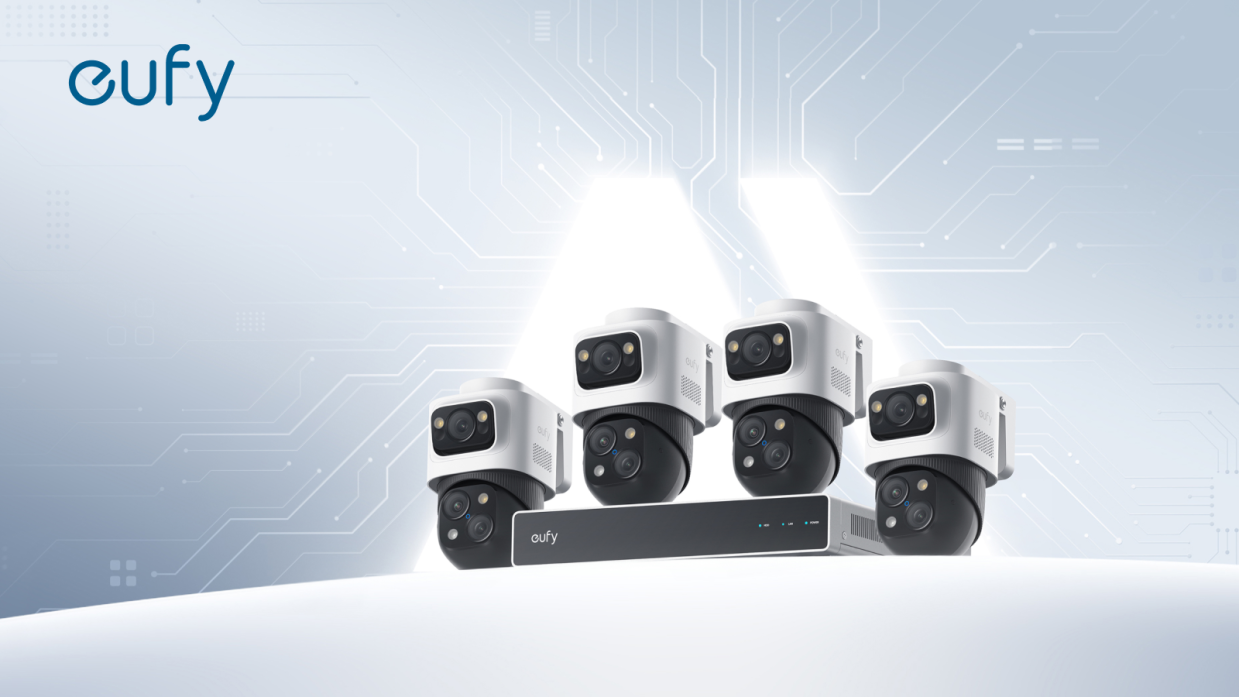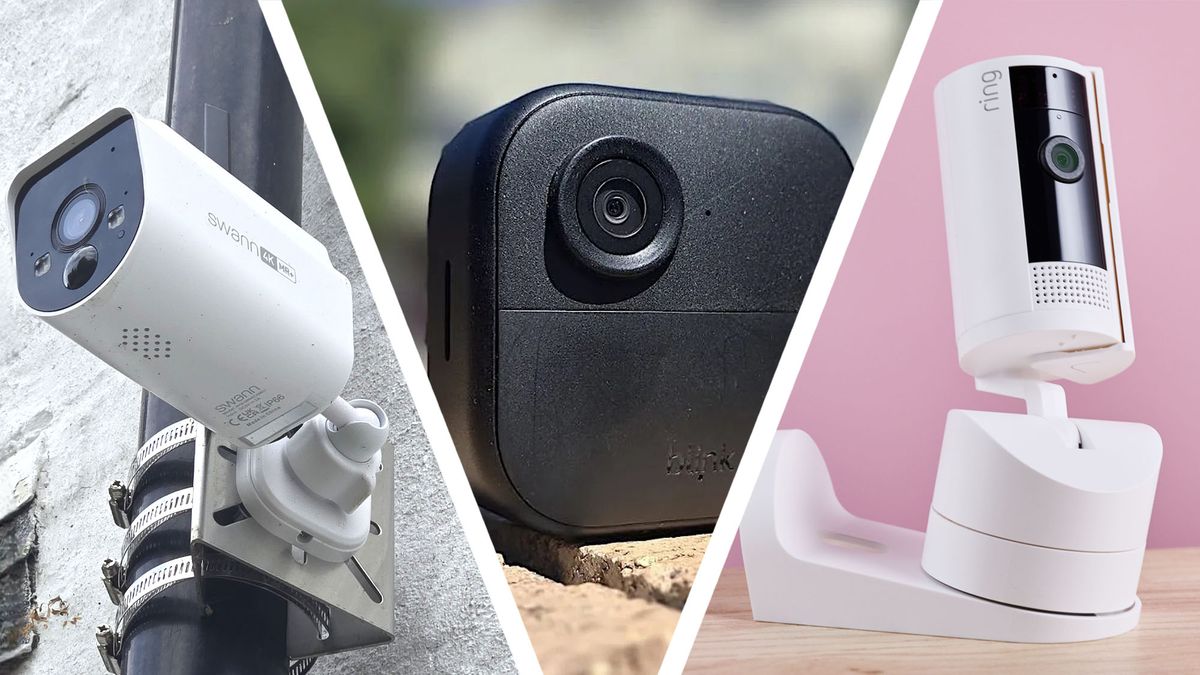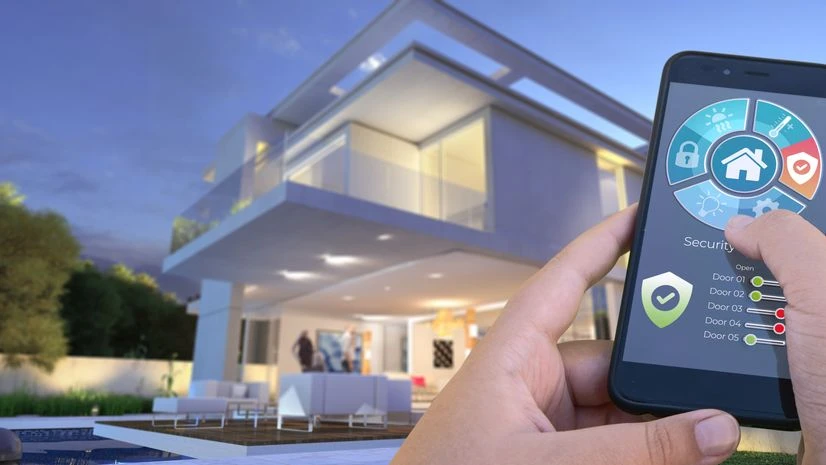When it comes to protecting what matters most, choosing the right security device can feel overwhelming. You want something reliable, easy to use, and effective—but with so many options, how do you know which one fits your needs best?
This guide breaks down the key features, pros, and cons of popular security devices, helping you make a smart choice without the guesswork. By the end, you’ll feel confident about which device keeps your home or business safe and gives you peace of mind.
Keep reading to discover the perfect match for your security needs.
Types Of Security Devices
Security devices help protect people and property from harm. They come in different forms. Each type serves a unique purpose.
Knowing the types of security devices helps you choose the best one for your needs. These devices include physical barriers, electronic systems, and personal protection gear.
Physical Barriers
Physical barriers stop or slow down intruders from entering a space. They provide a strong first line of defense. Examples include fences, gates, and walls.
These barriers are often made from metal, wood, or concrete. They work best when combined with other security measures.
- Fences and gates
- Security doors and locks
- Window bars and grilles
- Safes and vaults
Electronic Systems
Electronic systems use technology to detect and alert about threats. They often send signals to a control center or phone. Common types include alarms and cameras.
These devices increase security by monitoring areas 24/7. They can also record events for later review.
- Security cameras (CCTV)
- Motion detectors
- Alarm systems
- Access control systems
Personal Protection Gear
Personal protection gear helps individuals protect themselves. This gear is portable and easy to use. It is important for safety in risky situations.
People use this gear for self-defense or to alert others. It includes items worn or carried on the body.
- Pepper spray
- Personal alarms
- Protective clothing
- Body cameras

Credit: www.pcworld.com
Key Features To Consider
Choosing the right security device is important for safety. You should look at several key features before buying one.
This guide helps you understand important points to compare security devices.
Durability And Build Quality
Security devices must be strong and last long. Good build quality protects devices from damage.
Look for materials that resist weather and wear. Metal or hard plastic cases often work best.
- Check for water resistance or waterproof ratings
- Consider shockproof and dustproof features
- Look for sturdy mounting options
Ease Of Use
Security devices should be easy to set up and operate. Complex devices can cause frustration.
Simple controls and clear instructions help users handle the device well.
- Look for intuitive user interfaces
- Check if the device has clear status indicators
- Consider remote control or app support for convenience
Technology Integration
Modern security devices connect easily with other smart systems. Integration improves overall security.
Devices that work with smartphones or home networks give more control and alerts.
- Check compatibility with mobile apps
- Look for Wi-Fi or Bluetooth support
- Consider devices that connect with voice assistants
Top Physical Security Devices
Physical security devices protect homes and businesses from theft and damage. They help keep people and property safe.
This guide covers three important security devices. Each device offers different ways to secure a property.
High-security Locks
High-security locks provide strong protection for doors. They are harder to pick or break than standard locks.
These locks often use special keys and strong materials. They help prevent unauthorized access effectively.
- Use complex key designs
- Made from hardened steel
- Resist drilling and picking
- Include deadbolts and smart locks
Security Cameras
Security cameras watch over your property day and night. They record video to catch suspicious activity.
Cameras can be wired or wireless. Many offer features like night vision and motion alerts.
- Record video continuously or on motion
- Provide live viewing via smartphone
- Help identify intruders
- Act as a crime deterrent
Motion Detectors
Motion detectors sense movement around a property. They trigger alarms or lights to alert owners.
These devices use different technologies like infrared or microwave sensors. They cover wide areas effectively.
- Detect movement in protected zones
- Trigger alarms or notifications
- Can be linked to security systems
- Help prevent break-ins at night
Leading Electronic Protection Gear
Security devices help keep homes and businesses safe. Electronic gear has many types to protect property and people.
This guide compares popular security devices. It covers alarm systems, access control, and smart home security tools.
Alarm Systems
Alarm systems warn you about break-ins or emergencies. They use sensors to detect motion, sound, or glass breaking.
Many alarms connect to your phone. They send alerts so you can act fast if needed.
- Wired alarms are reliable but need professional setup
- Wireless alarms are easy to install and move
- Monitored alarms notify a security company automatically
Access Control Devices
Access control devices limit who can enter a building. They keep unauthorized people out and protect sensitive areas.
Common devices include keypads, card readers, and biometric scanners. Each offers different security levels.
- Keypads require a code to unlock doors
- Card readers use ID cards or fobs for access
- Biometric scanners read fingerprints or faces
Smart Home Security
Smart home security connects devices to your internet. You control cameras, locks, and alarms from one app.
These systems offer remote monitoring and easy automation. They improve safety and add convenience at the same time.
- Smart cameras show live video on your phone
- Smart locks let you open doors without keys
- Integrated alarms can trigger lights and sounds
Personal Protection Options
Personal protection devices help you stay safe in different situations. Choosing the right one depends on your needs and comfort.
Below are common options that many people use to protect themselves daily.
Pepper Spray And Stun Guns
Pepper spray causes temporary blindness and pain. It helps you escape from attackers quickly.
Stun guns deliver an electric shock. They can stop an attacker without causing permanent harm.
- Pepper spray is easy to carry and use.
- Stun guns need close contact to work.
- Both require legal checks in some areas.
Personal Alarms
Personal alarms make a loud noise to attract attention. They scare off attackers and alert others nearby.
They are small devices that fit in your pocket or bag. You can activate them quickly if you feel unsafe.
- Easy to carry and use anytime.
- Do not cause harm, only alert.
- Great for crowded or public places.
Wearable Safety Devices
Wearable safety devices include smart jewelry or accessories. They can send alerts to contacts or emergency services.
These devices often use GPS or Bluetooth. They help others find you quickly in danger.
- Discreet and always with you.
- Connect to smartphones for quick alerts.
- Some include features like fall detection.
Comparing Price And Performance
Choosing the right security device means balancing cost and how well it works. Some devices are cheap but lack features. Others cost more but offer better protection.
This guide compares devices by price and performance. It helps you find options that fit your budget and security needs.
Budget-friendly Choices
Budget devices usually cost less than $50. They cover basic security needs. These devices are good for small areas or temporary setups.
They often have fewer features but still provide decent protection. Expect simpler designs and limited smart functions.
- Basic motion detection
- Easy installation
- Limited app control
- Shorter warranty periods
Premium Options
Premium devices cost over $200. They offer advanced features like night vision and cloud storage. These devices suit larger homes or businesses.
They provide high-quality video and strong security protocols. The setup may require more time but gives better results.
- High-definition video
- Night vision and infrared
- Cloud storage and alerts
- Integration with smart home systems
Value For Money
Devices with good value balance price and features. They cost between $75 and $150. These options suit most users who want quality without overspending.
They include useful features and reliable performance. These devices often come with good customer support.
| Price Range | Key Features | Best For |
|---|---|---|
| $75 – $150 | Clear video, app alerts, moderate storage | Home users seeking balance |
Installation And Maintenance Tips
Security devices help protect your home or business. Proper installation and upkeep keep them working well.
Knowing how to install and maintain these devices saves time and money. It also improves safety.
Diy Vs Professional Setup
Installing security devices yourself can be cheaper. It works for simple systems and small areas.
Professional setup is best for complex systems. Experts ensure the device covers all needed spots.
- DIY setup is good for basic cameras and alarms
- Professionals know how to hide wires and place sensors
- Experts can connect devices to smart home systems
- DIY may need more time and trial to get right
- Professional work often comes with a warranty
Regular Maintenance Practices
Check your security devices often. Clean lenses and sensors to keep clear views.
Replace batteries on time. Update software to fix bugs and add features.
- Clean cameras and motion sensors monthly
- Test alarms and alerts every few weeks
- Replace batteries at least once a year
- Update device firmware as updates come out
- Check cables and connections for damage
Troubleshooting Common Issues
If devices stop working, check power sources first. Loose cables can cause problems.
Reset devices to fix software glitches. Look at user manuals for specific error codes.
- Ensure the device has power or fresh batteries
- Check Wi-Fi or network connections for stability
- Restart the device to clear minor errors
- Look for error lights or messages on the device
- Contact support if problems continue after basic fixes

Credit: rublon.com
Legal Considerations And Compliance
Security devices help protect people and property. Using them means following laws and rules. Knowing these laws keeps you safe from trouble.
This guide covers key legal topics for security devices. It explains rules, privacy, and needed permits.
Regulations For Security Devices
Security devices must meet local, state, and federal laws. These rules control what devices you can use and how.
Some devices require special standards or certifications. This ensures they work safely and properly.
- Follow laws on device types and usage
- Use approved devices with certifications
- Check updates to local and national rules
Privacy Concerns
Security devices often collect personal data. This raises privacy issues that users must respect.
Laws may limit where and how devices record. Informing people and getting consent can be required.
- Do not record private areas without permission
- Store data securely to prevent breaches
- Follow laws like GDPR or CCPA when applicable
Permits And Licensing
Some security devices need permits before use. Licensing rules vary by location and device type.
Check with local authorities before installing cameras or alarms. This helps avoid fines or removal.
- Apply for permits if required
- Keep licenses up to date
- Follow installation rules and guidelines
Future Trends In Security Gear
Security devices are changing fast. New technology makes them smarter and easier to use.
These changes help protect homes, businesses, and personal data better than before.
Ai And Machine Learning Integration
AI helps security devices learn from data. They spot threats faster than people can.
Machine learning improves cameras and alarms by reducing false alerts. This saves time.
- AI analyzes video feeds for unusual actions
- Systems adapt to new security risks automatically
- Better prediction of break-ins and threats
Biometric Authentication
Biometric tools use fingerprints, faces, or eyes to confirm identity. They are hard to fake.
These methods replace passwords and keys. They offer quick and secure access control.
- Fingerprint scanners on doors and devices
- Facial recognition for user verification
- Eye scans for high-security areas
Wireless And Iot Advancements
Wireless security devices connect easily without wires. They work well in many places.
IoT lets devices talk to each other. This creates smarter security systems with many sensors.
- Remote control through smartphones
- Real-time alerts from multiple devices
- Integration with home automation systems

Credit: www.youtube.com
Frequently Asked Questions
What Are The Key Types Of Security Devices Compared?
Security devices include cameras, alarms, motion sensors, and access controls. Each offers unique features for protection and monitoring. Understanding their differences helps choose the right device for specific security needs.
How Do Wired And Wireless Security Devices Differ?
Wired devices offer stable connections but limit placement flexibility. Wireless devices are easy to install and move but may face interference. Choosing depends on your environment and security requirements.
Which Security Device Offers The Best Value For Money?
Value depends on features, coverage, and durability. Cameras with remote access and motion detection often provide high value. Balancing cost and functionality ensures effective security without overspending.
Are Smart Security Devices More Effective Than Traditional Ones?
Smart devices provide real-time alerts and remote control via apps. Traditional devices are reliable but lack connectivity features. Smart security enhances convenience and responsiveness for modern protection needs.
Conclusion
Choosing the right security device is vital for your safety. Each device offers unique features and benefits. Consider what you need most: cameras, alarms, or smart locks. Think about your budget and ease of use. Match the device to your specific requirements.
Compare and make informed decisions. Protecting your home and loved ones is crucial. Invest wisely in security solutions. Ensure peace of mind with the best choice. Stay safe and secure in your environment.
21 min read






